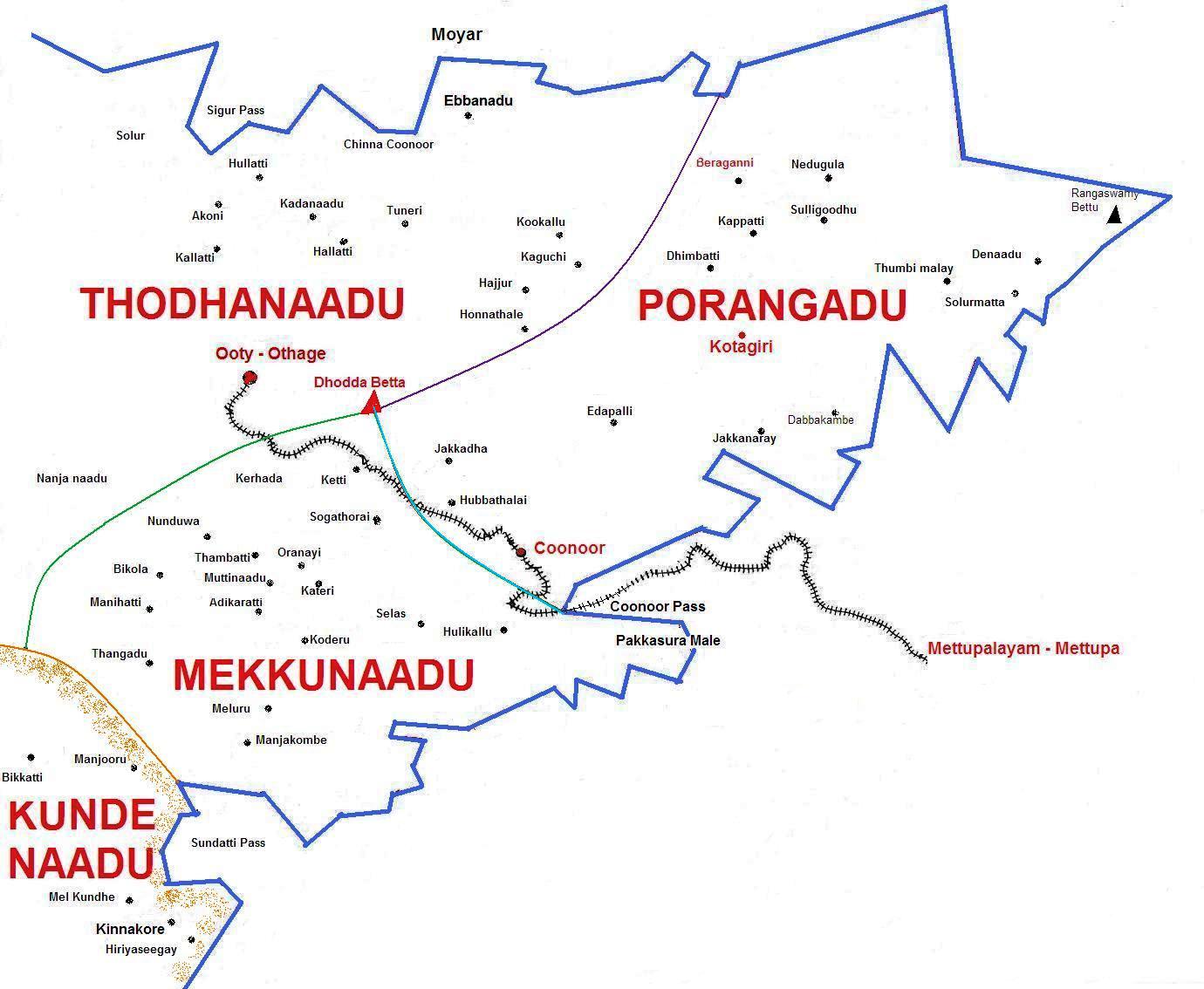Ayya - Grandfather [Old man]
Hethe - Grandmother {Old Lady]
Appa - Father
Awway - Mother
Anna - Elder Brother
Akka - Elder Sister
Thamma - Younger Brother
Ammay - Younger Sister
Mamma - Uncle [Mother's brother or any elder person]
Mammi - Aunt [Father's sister or any elder lady]
Dhodda Appa - Father's Elder Brother
Kunna Appa - Father's younger brother
Dhodda Awway - Mother's elder sister
Chik Awway - Mother's younger sister
Sosay - daughter in law
Aliya - son in law
Bawa / Mamma - Sister's husband
Ahthigay - Elder brother's wife / husband's sister but elder in age


